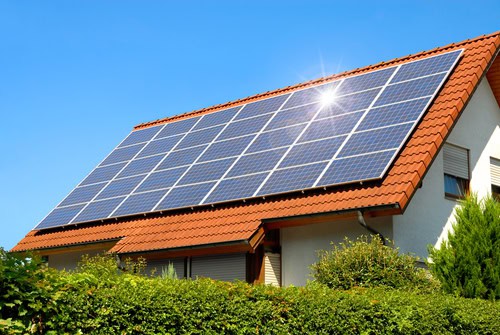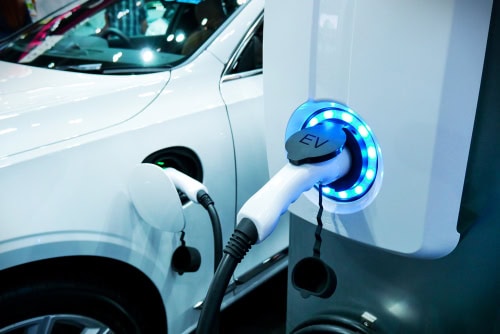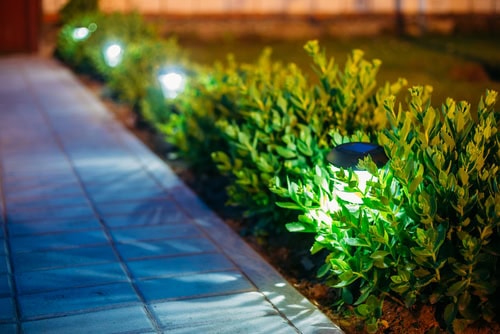
Do Solar Panels Last Forever?
April 20, 2021
5 Common Problems Of Solar Panels
July 19, 2021What Can I Run on Solar Power?

What Can I Run on Solar Power? Environment consciousness is such a hot topic these days, it’s critical that we all work together to safeguard it. Recycling, producing lesser damaging energy by-products as much as possible.
And using less gas, are all activities that can help safeguard and keep the environment clean. Solar electricity is one technique to accomplish this.
Uses of Solar power

The beauty of solar energy is the fact that it could be used for different variety of applications. Solar water heating and residential solar heating, for example, are becoming increasingly popular as more people are more knowledgeable about the advantages of solar energy.
Solar roof tiles have the ability to generate a large volume of energy which could be utilized to power your home’s appliances. Solar energy is an abundant, renewable, environmentally friendly, and free energy source.
Your home might be powered by solar energy:

- To keep warm, use solar house heating;
- To start your stove, lights and washer and dryer, you’ll need energy.
- Prepare hot water to wash your clothes or shower or bath.
- Pool heating
- Lighting as a focal point
- Solar electricity can be used to power post caps which are arranged for your fences and decks.
What Can I Run on Solar Power?
Solar water heating

Solar power could be utilized in different water heating systems. The majority of solar water heating systems provide hot water that is used within the household. Solar water heaters collect the sun’s heat and transfer it to the water tank via a rooftop cell.
Solar water heaters often pay for themselves in 5 to 10 years. Solar energy can also be used to heat swimming pools. The water is routed to a collector and then pumped back into the pool after being heated by sunlight.
Solar electricity

Solar energy is becoming more accessible because solar panel prices fall and several people become knowledgeable of the environmental and financial advantages of solar power.
Typically, a distributed type of solar PV system is built on the roofs of businesses or homes. These systems run by solar power create enough electricity to cover the property owner’s needs while also sending any surplus to the grid.
A battery that is operated by solar energy can be connected to the solar power generating system to allow you to use solar electricity after the sun has set, charge an electric vehicle overnight, or offer backup power in an emergency.
With a battery system generated by solar power and combined with a generator, some households may be able to go entirely off the grid.
Solar transportation

Solar-powered vehicles may be the way of the future, with buses, trains, planes, and race cars among the current applications. Unless you buy an electric car or EV and charge it with solar panels, this use of solar energy is not currently generally available.
Solar lighting

Solar lights have become commonplace, with applications ranging from home landscaping to security lighting to road signs and street lights. From your local hardware store to internet shopping portals, these solar lighting systems for your house are inexpensive and widely available in simple to high-end designs.
Solar ventilation

Options for solar ventilation, like solar attic fans, can cool the home, reducing the load on your HVAC system. If you are unable to set up a solar-generated PV system that will offset your entire home’s electricity demand, this may be a viable solution.
Solar ventilation solutions, which may preheat a building’s air in cold areas and save energy expenditures, are examples of commercial and industrial use of solar process heat.
Solar portable

Portable solar PV chargers allow us to keep our electronic devices charged while on the go. The technology to embed solar cells into our phones already exists, and it has been used in watches since the 1970s.
Japan researchers have even produced small, water-resistant solar cells that might be sewn into garments to power our devices in the future.
What Can I Run on Solar Power? – Conclusion

Renewable energy is day by day becoming a regular aspect of our everyday lives. Innovation will continue to drive new solar energy uses that will improve our lives and contribute to a cleaner planet.
So, solar power plays a major role in operating several appliances and procedures to the benefit of mankind.




